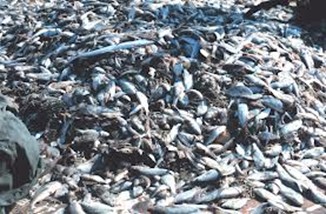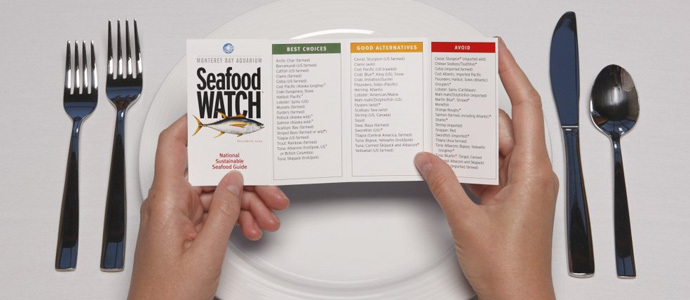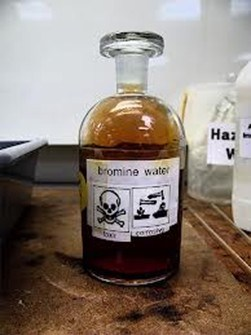Overfishing means taking more individuals of a species than is sustainable – there aren’t enough left to produce future generations. Bycatch means catching sea creatures you don’t even want, but they die anyway, choked in nets, dead or dying on trawler decks, or dumped back into the ocean.
“The Tragedy of the Commons” is a famous essay from 1968, in which Garrett Hardin pointed out that if each person acts only in his or her own self-interest with common goods such as public land, eventually the common good is used up. Destroyed. This is what has happened with fishing. Each fisher, or more likely trawling corporation, grabs as much as possible, heedless that they are killing the goose that lays the golden eggs.
BUT far-sighted scientists, agencies, non-profits (especially Environmental Defense Fund) and some fishers themselves have been working for years to balance present needs with future ones. I’ve written about this before. More good news came out last month, when the European Union’s parliament voted overwhelmingly to restore fish stocks in the next 7 years. That’s restore, not merely slow down the overfishing. Restore, with a date to end overfishing and rewards for fishers who work more sustainably.
“An overwhelming number of members of the European Parliament from all political groups made history today, by voting to reverse decades of overfishing by the EU and by setting ambitious targets for the restoration of fish stocks,” said Uta Bellion of The Pew Charitable Trusts in a press release.
What you can do: Eat less seafood, or if you do, make sure it’s sustainably procured. Support your elected and appointed representatives who stand behind environmental regulations. And remember to heave a sigh of relief and gratitude when steps in the right direction are made.




